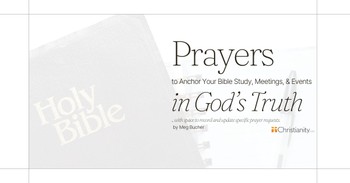C.S. Lewis’ Space Trilogy is a science fiction series written between 1938 and 1943. Lewis discusses many themes in these three novels, especially critiquing scientific materialism. Lewis was concerned about the ramifications of Darwinian thought and technocracy manifesting in the modern world. This inspired Lewis to write Out of the Silent Planet, Perelandra, and That Hideous Strength. Why are these books important, and what can Christians learn from them?
Photo Credit: © Getty Images/titoOnz
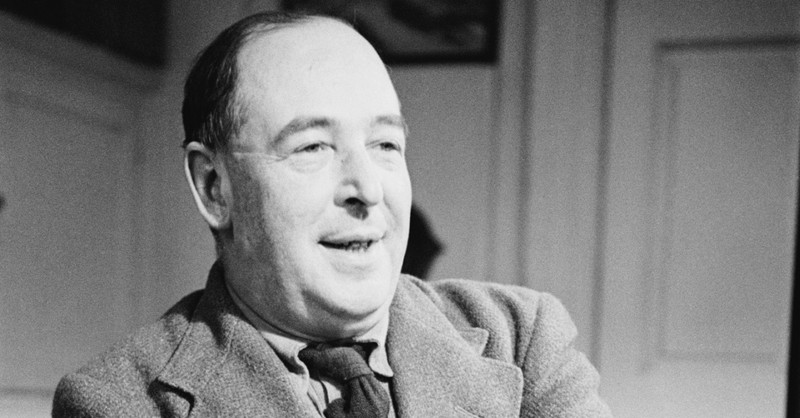
What Inspired C.S. Lewis to Write the Space Trilogy?
The first book of the Space Trilogy was published in 1938. The book was birthed out of Lewis’ conversation with his friend and fellow writer J.R.R. Tolkien about writing the kind of books they would like to read. Both friends challenged each other, and Tolkien began working on a story about time which was never finished, and Lewis began writing his story about space travel. As a young atheist, Lewis read the science fiction of H.G. Wells. His reading of Wells inspired him to write his science-fiction trilogy as a rebuttal to the scientific materialism of Wells and other thinkers.
Further Reading: 10 Things You Need to Know about the Inklings
Photo Credit: ©Getty Images/John Chillingworth/Stringer

Is There a Message to C.S. Lewis’ Space Trilogy?
Having once been an atheist himself that believed everything could be explained in an empirical materialistic way, Lewis understood how dangerous this Darwinian view could be when applied to academia, economics, the arts, sciences, and daily life for the average person. Lewis saw examples of how the logical outworking of this view degrades humanity, animals, and the planet.
Lewis was horrified by the evils of vivisection, how many in power exploited the poor, and saw the appalling evil done towards the Jewish people during WWII when Hitler was on the rise. Lewis helped many orphans and widows in need through his agape fund set up by his friend Owen Barfield, and many young evacuees came to stay with him at his home, the Kilns, when England was being bombed.
An important distinction is that people with a materialistic view of the world can be good human beings like anyone else. Though Lewis disagreed with their views, he respected those who held it. A good example of this from Lewis’ That Hideous Strength is the character McPhee—modeled on William Kirkpatrick, Lewis’ tutor as a young atheist. In the story, McPhee is a dialectician that loves philosophical debate and doubts the supernatural’s existence. Though he disagrees with Ransom’s Christian worldview, he still respects him, as Ransom does him.
In each book of the Space Trilogy, Lewis weaves in the theological virtues of faith, hope, and love. He presents the vastness of the cosmos not as cold, dead space but as a glorious reflection of God’s beauty and glory. This view of the heavens was part of medieval cosmology.
Further Reading: 15 Great Christian Sci-Fi Books for Kids and Adults
Photo Credit: Unsplash/Aaron Burden
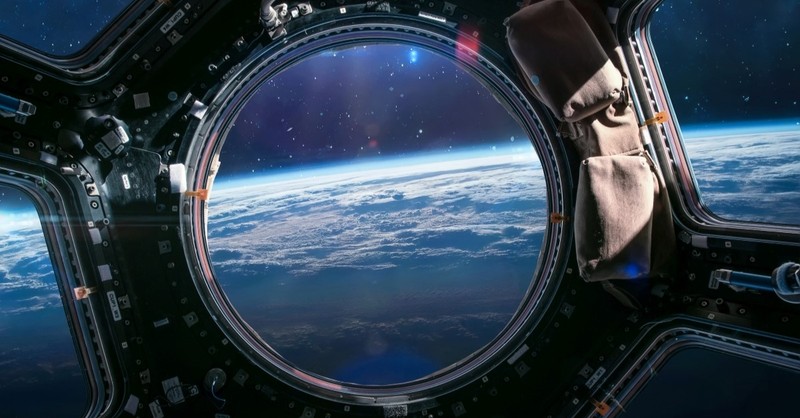
What Happens in Book 1 of C.S. Lewis’ Space Trilogy?
Out of the Silent Planet opens with Elwin Ransom on a walking holiday. He ends up meeting a former school fellow Richard Devine after breaking up a confrontation between Devine, his colleague Weston, and a young lad they planned to take to Mars.
Ransom is drugged and kidnapped by Weston and Devine and is taken with them to the planet Mars as a sacrifice offering to appease the inhabitants of the planet. Not knowing anything about the different sentient beings that inhabit the planet, they assume a vicarious offering must be made to ensure their protection and planned exploitation for profit.
On Mars, Ransom meets an eldil. In the story, the eldila are angels under the rule of Maleldil—a Christ archetype similar to Aslan in The Chronicles of Narnia. Ransom also meets the extraterrestrial beings native to the planet—the hrossa, the horns, and the pfifltriggi. Each species has its own unique culture on Mars.
Augray, the Sorn, takes Ransom to meet Oyarsa. During the journey, Ransom tells Augray what things are like on Earth, and Ransom is captivated by the Martian landscape. Ransom learns that Earth is called the “silent planet” because of humanity’s fall into sin.
Further Reading: The Enduring Legacy of C. S. Lewis
Photo Credit: © Getty Images/dima_zel

What Happens in Book 2 of C.S. Lewis’ Space Trilogy?
In Perelandra, Ransom is brought to Venus by Oyarsa, the eldil ruler of Mars. In the first chapter, a fictional version of Lewis talks with Ransom about preparations before he leaves. Ransom has no idea why he is being brought to Perelandra—as the eldil call Venus—only that sinister forces want to get involved in the planet as well.
Once Ransom lands on Perleranda, he encounters a beautiful landscape with incredible oceans. He encounters a dragon-like creature, sea people, and the Green Lady, the Eve-like mother of the planet.
Weston’s character eventually shows up as a Satanic figure. Weston’s reason for coming to the newly created planet is to tempt the Green Lady with beguilement to bring death and evil onto the planet just as he did on Earth.
Philosophical dialogues between the Unman (Weston), Ransom, and The Green Lady occur throughout the book. In these dialogues, the Unman comes close to teaching The Green Lady death.
John Milton’s Paradise Lost, an epic poem about creation and the fall of humankind published in 1667, influenced the story of Perelandra in clear ways. Milton was one of Lewis’ favorite English poets, inspiring him to write the scholarly work A Preface To Paradise Lost. The study was published in 1941, based on Lewis’ lectures at the University College of North Wales.
Further Reading: Why Did CS Lewis Call Jesus a True Myth?
Photo Credit: © Getty Images/bestdesigns
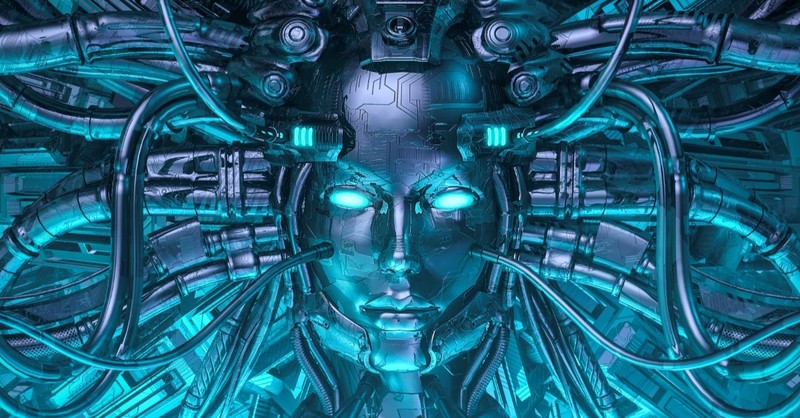
What Happens in Book 3 of C.S. Lewis’ Space Trilogy?
That Hideous Strength begins with Jane Studdock attempting to write a dissertation on poet John Donne. Her husband, sociologist Mark Studdock, seeks to join a research firm called NICE led by Lord Feverstone. Eventually, it becomes clear that Feverstone is revealed to be none other than Devine from the first books.
Mark doesn’t know what he is in for seeking to join Feverstone’s circle. The NICE is a cultish organization that seeks world domination through science and dark powers, no matter the costs.
Meanwhile, Jane meets Ransom, living nearby at St. Anne’s, with a community who know about NICE’s true intentions. Their plans to stop the villains become connected to the fact Ransom is descended from King Arthur, and legends claim that Merlin is hibernating in nearby woods.
That Hideous Strength proves quite prophetic, describing a technocracy where technology has become a deity and religion is seen as primitive superstition unrelated to real life. Lewis exposes the logical outworking of scientific materialism. His argument can be summed as that belief in a good and loving God that brought everything into being is more logical to believing that directionless physical forces created human beings, morality, consciousness, morality, animals, art, love, and beauty.
The Arthurian legend mythology Lewis weaved into That Hideous Strength was inspired by his friend Charles Williams’ poem cycle, Taliesin Through Logres, published in 1938. Williams’ poems feature Arthurian characters like the Welsh Bard Taliesin, King Arthur, and the wizard Merlin seeking the restoration of God’s earthly kingdom.
Further Reading: Why Was Charles Williams the Odd Inkling?
Photo Credit: © Getty Images/grandeduc

Are There Any Books Connected to C.S. Lewis’ Space Trilogy?
Lewis described his non-fiction work The Abolition of Man as exploring the same ideas as That Hideous Strength. The book, published in 1943, is based on Lewis’ lecture series at the University of Durham. It is a defense of a transcendent moral law, which Lewis discusses using the Dao concept from Eastern philosophy.
The Space Trilogy deliberately bases its vision of outer space on medieval cosmology and describes that model in his non-fiction book The Discarded Image. The book was published after his 1964 death, based on lectures he gave at Cambridge University.
Dr. Brenton Dickieson suggests there is a correlation between the Space Trilogy and Lewis’ 1941 satire The Screwtape Letters. Dickieson’s exploration can be read here.
Photo Credit: Tom Hermans/Unsplash

Did the Space Trilogy Win Any Awards?
These novels continue to sell well today and are enjoyed by thousands of readers around the world.
While Lewis’ works were published before the prestigious Hugo Awards were started, the organization has released Retro Hugo Awards for books published before 1953. Lewis’ three books made the final lists for the 1939, 1944, and 1946 Retro Hugo Awards.
Photo Credit: © Getty Images/zenstock

10 Great Books about the Space Trilogy and Related Books
1. C.S. Lewis on the Final Frontier: Science and the Supernatural in the Space Trilogy by Sanford Schwartz
2. A Compass for Deep Heaven: Navigating the C.S. Lewis Ransom Trilogy by Diana Glyer
3. C.S. Lewis’s Perelandra: Reshaping the Image of the Cosmos by Brendan & Judith Wolfe
4. Deeper Heaven: A Reader’s Guide to C. S. Lewis’s Ransom Trilogy by Christiana Hale
5. Planets in Peril: A Critical Study of C.S. Lewis’s Ransom Trilogy by David C. Downing
6. The Medieval Mind of C. S. Lewis: How Great Books Shaped a Great Mind by Jason M. Baxter
7. Narnia and the Fields of Arbol: The Environmental Vision of C. S. Lewis (Culture Of The Land) by Matthew T. Dickerson and David L. O’Hara
8. A Far Off Country: A Guide to C.S. Lewis’ Fantasy Fiction by Martha S. Sammons
9. Planet Narnia: The Seven Heavens in the Imagination of C.S. Lewis by Michael Ward
10. Abolishing Man in Other Worlds: Breaking and Recovering the Chain of Being in C.S. Lewis’s Ransom Trilogy by Courtney Petrucci
While not strictly about the Space Trilogy, After Humanity: A Guide to C.S. Lewis’s The Abolition of Man by Michael Ward< is an excellent guide to the themes in this nonfiction companion to That Hideous Strength.
Photo Credit: Prateek Katyal/Unsplash
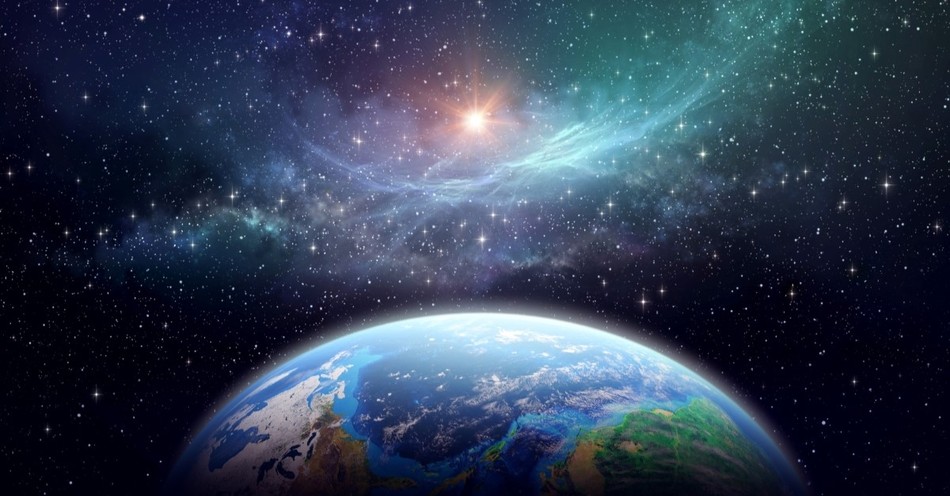

.jpg)

.jpg)
